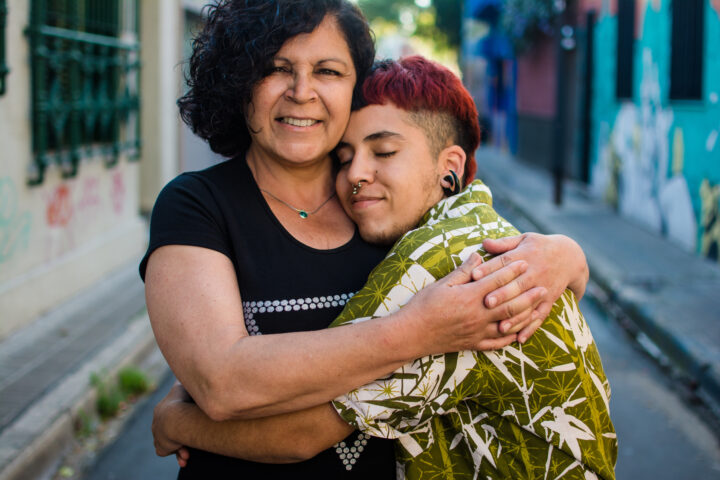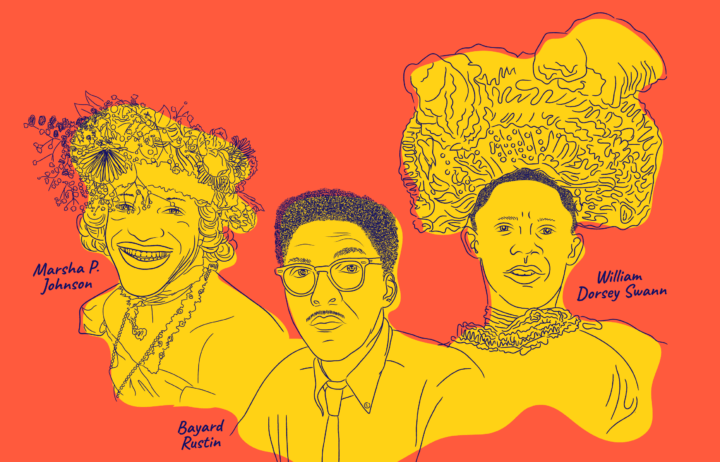Youth's Lives Every Day
Earlier this year, I had the honor of being named to the TIME100 Health list for my work at The Trevor Project, where I lead research focused on preventing suicide among LGBTQ+ young people. At the TIME100 Impact Dinner, I gave a toast that was both deeply personal and grounded in data – sharing what it means to watch my own transgender son thrive when surrounded by affirmation, and what the research shows about how life-saving that support can be. From teachers and parents to crisis counselors and policymakers, we each have a role to play in creating safer, more supportive environments for LGBTQ+ youth.
That’s why I’m encouraging every LGBTQ+ young person ages 13 to 24 to take part in The Trevor Project’s 2025 U.S. National Survey on the Mental Health of LGBTQ+ Young People, which is live now. This survey helps us better understand the challenges young people are facing – and informs the programs, resources, and policy advocacy that can truly save lives. If you don’t personally qualify, I hope you’ll share it with someone who does. Every voice matters, and every response helps ensure LGBTQ+ youth are seen, supported, and counted.
Ronita Nath, PhD (she/her)
Vice President of Research
Take the 2025 Survey today: trvr.org/NationalSurvey2025


